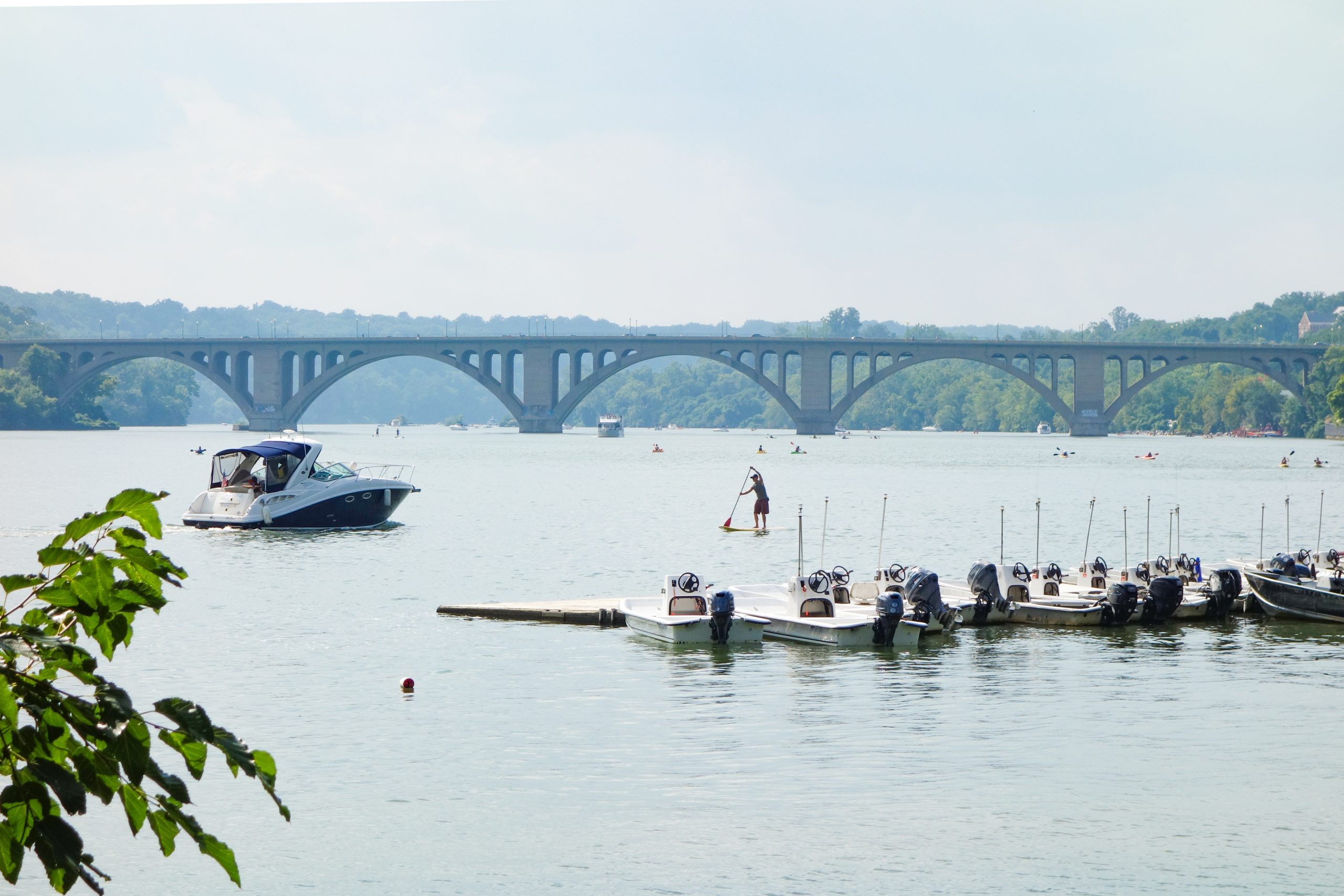It’s been the hottest year on record. How are you and your home holding up?
There’s no other way to describe it: this summer’s heat has been brutal. The DC-Metro area has been crushed by oppressive heat – The Washington Post’s Capital Weather Gang reported “every metric used to assess heat ranks among the most extreme in records that date to the late 1800s” – while temperature records across the country and the world have similarly been broken. And we still have several more weeks of summer to get through.
Heat, humidity, strong thunderstorms, flooding, hurricanes, and air pollution caused by wildfires and smog are all dangers not just to residents but to properties as well, and some neighborhoods and their residents are more prone to the effects of climate change than others. Urban communities like Washington and its suburbs are particularly vulnerable and it’s important for homeowners and dwellers to do what they can to mitigate how climate change affects not just their health but their homes.
Who Is At Risk?
According to studies by the Environmental Protection Agency (EPA), certain groups are more vulnerable than others to the health impacts of climate change due to social and economic factors like income, age, education, health care access, and housing which can affect people’s ability to prepare and cope with climate hazards. Socially vulnerable groups in the United States include communities of color, low-income groups, certain immigrant groups, and those with limited English proficiency. These groups may be more at risk because:
- They may live in locations that are prone to climate-related health hazards, such as flooding, extreme heat, and air pollution.
- They can have greater rates of existing medical conditions, such as physical disabilities, poor mental health, kidney disease, diabetes, asthma, or heart disease, which can be worsened by climate change impacts.
- They may live in urban and rural areas with poorly maintained or aging infrastructure that may not be able to handle climate-related events. Such infrastructure can include buildings, utilities, and transportation and health care systems. Individuals in these communities may also struggle to access resources and care during and after extreme weather events.
- They may have limited financial resources or cultural, language, or citizenship barriers that restrict their access to health care, social services, and safe, nutritious food.
How To Determine Risk
One comprehensive resource is the Climate Mapping for Resilience & Adaptation site (CMRA), which was developed in 2022 as part of an interagency partnership working under the auspices of the U.S. Global Change Research Program (USGCRP) and with guidance from the U.S. Federal Geographic Data Committee (FGDC). It is funded by federal grants and compiles information from various sources, including the Department of the Interior, Department of Energy, the National Oceanic and Atmospheric Administration (NOAA), and NASA among many others.
At the heart of the CMRA portal is the Assessment Tool, an interactive application that provides statistics, maps, and reports on climate conditions for every county in the United States, while the Climate Resilience Toolkit helps residents determine their specific risk not just to themselves but to their assets, like a home or a business.
Another option from Realtor.com offers homeowners risk assessments on a specific property for flood, heat, wind, air quality, and wildfires through FirstStreet.org, a research and technology nonprofit with expertise in assessing physical climate risk at the property level in the United States.
How to Combat Risks
Local, state, and civic authorities are the frontline for promoting Environmental Justice, a movement that calls for the “just treatment and meaningful involvement of all people, regardless of income, race, color, national origin, Tribal affiliation, or disability, in agency decision-making and other Federal activities that affect human health and the environment.” The EPA cites several ways for citizens to get involved via grants and resources, strategic and community planning, and collaborative resources.
Here are ways individuals can also identify, assess, and combat climate change risks:
- MyMoney.gov offers a roster of governmental resources in an easy-to-navigate format, and includes not only education about environmental hazards but also how to develop a disaster plan, what resources are available after a natural disaster, how to avoid fraud and scams, and how to modify a home to mitigate climate risk.
- The United Nations offers 10 Actions that individuals can take to limit their contributions to climate change and how to get involved on a global level.
- The World Economic Forum offers tips on climate-proofing homes.
- The Consumer Financial Protection Bureau offers guidance specifically on housing, breaking it down for buyers, renters and current homeowners.
Check out these local organizations who are working on education, prevention and policy in our region:
- DC’s Commission on Climate Change and Resiliency
- Maryland’s Commission on Climate Change
- Northern Virginia Regional Commission (a division of Virginia’s Department of Environmental Quality)
- Fairfax County’s Office of Environmental and Energy Coordination
- West Virginia University’s WV Climate Link
- Climate Change Resources (choose your location)
It can feel overwhelming as an individual to mitigate the effects of climate change, especially if you are part of a community that is bearing an unequal burden caused by climate disasters. Learning about the resources available is the first step in protecting your health and your home for what will come next.
Don’t miss a post! Get the latest local guides and neighborhood news straight to your inbox!

 Facebook
Facebook
 X
X
 Pinterest
Pinterest
 Copy Link
Copy Link






